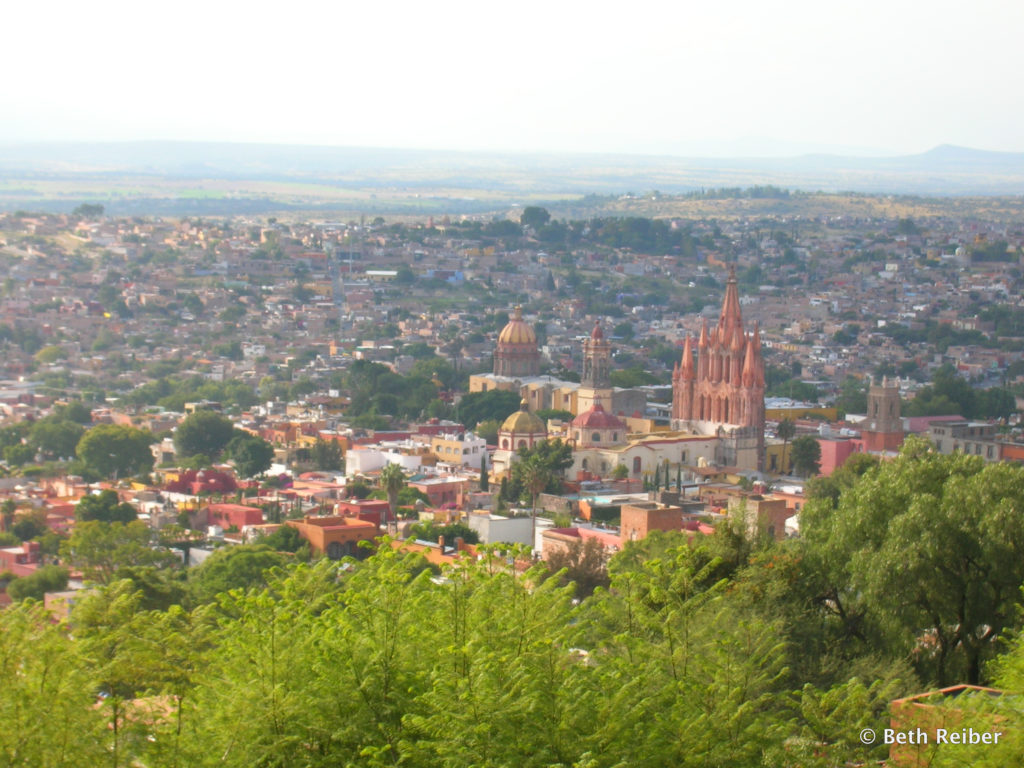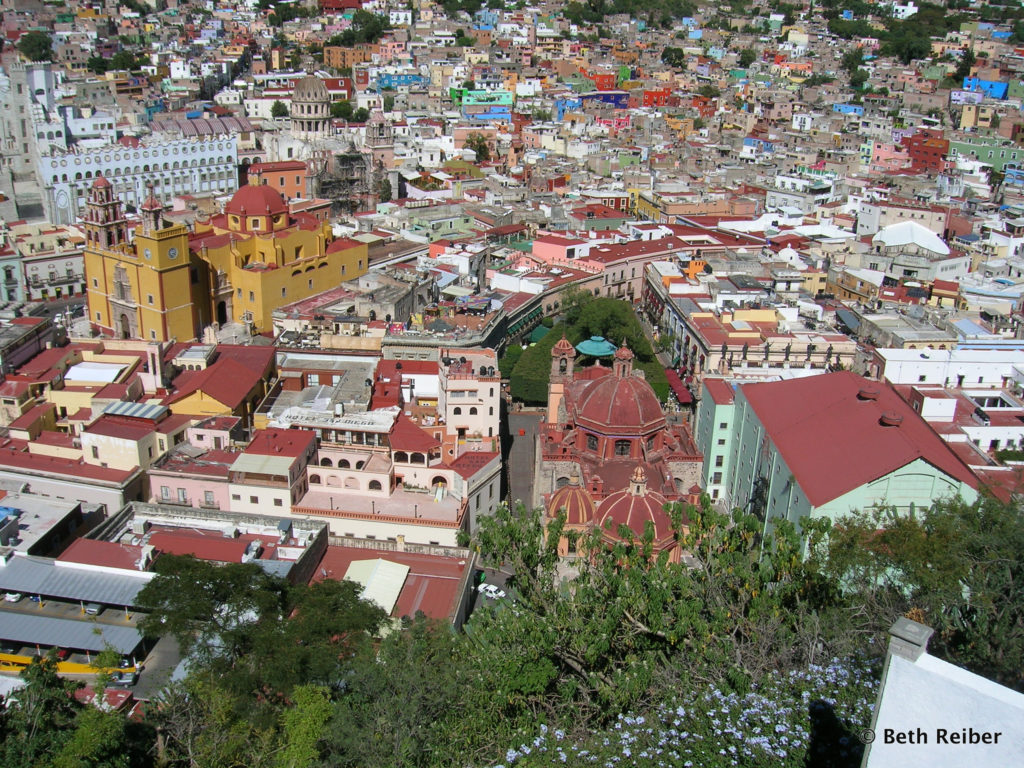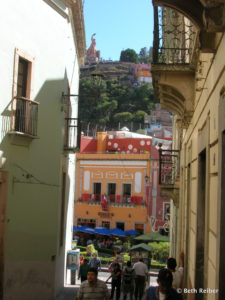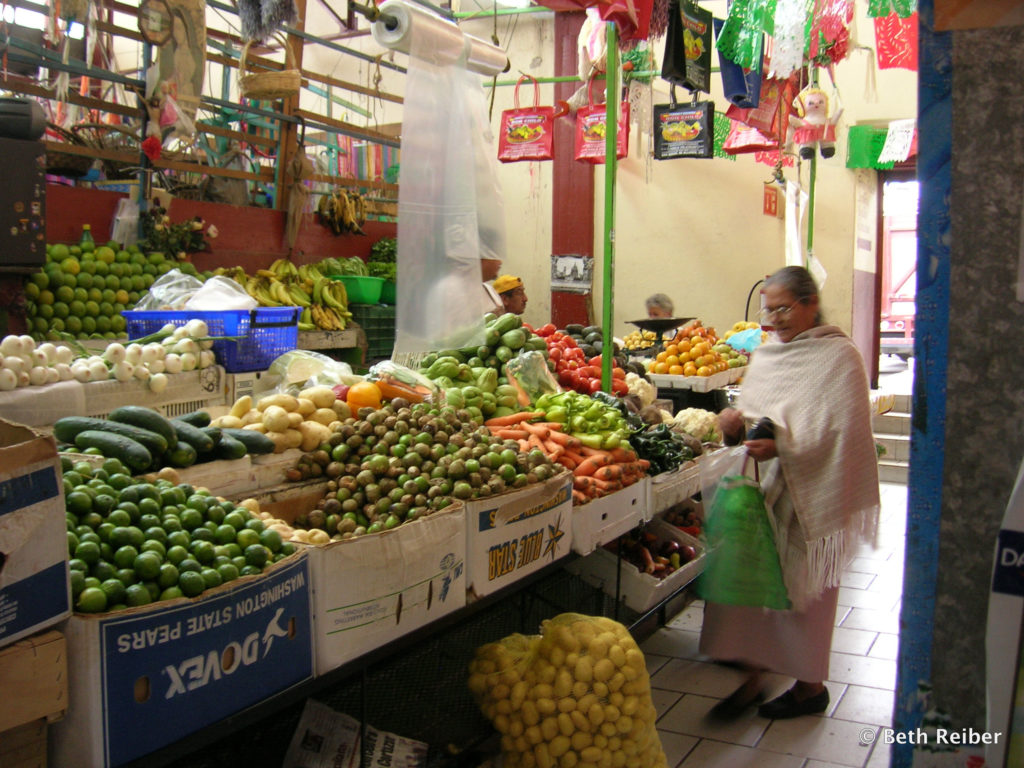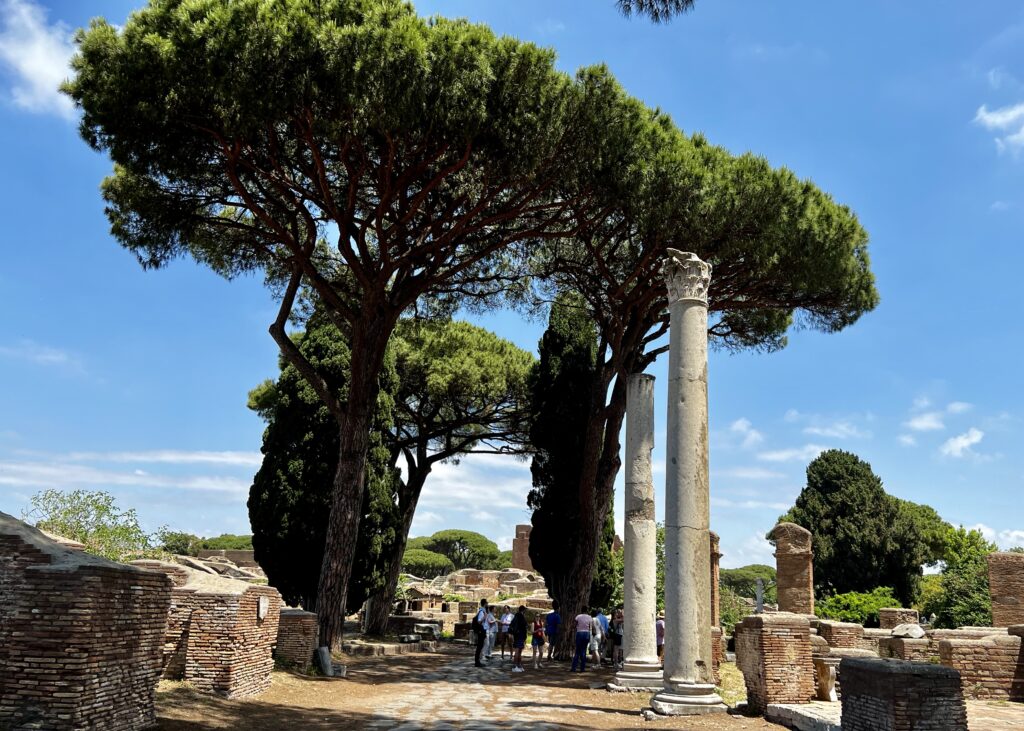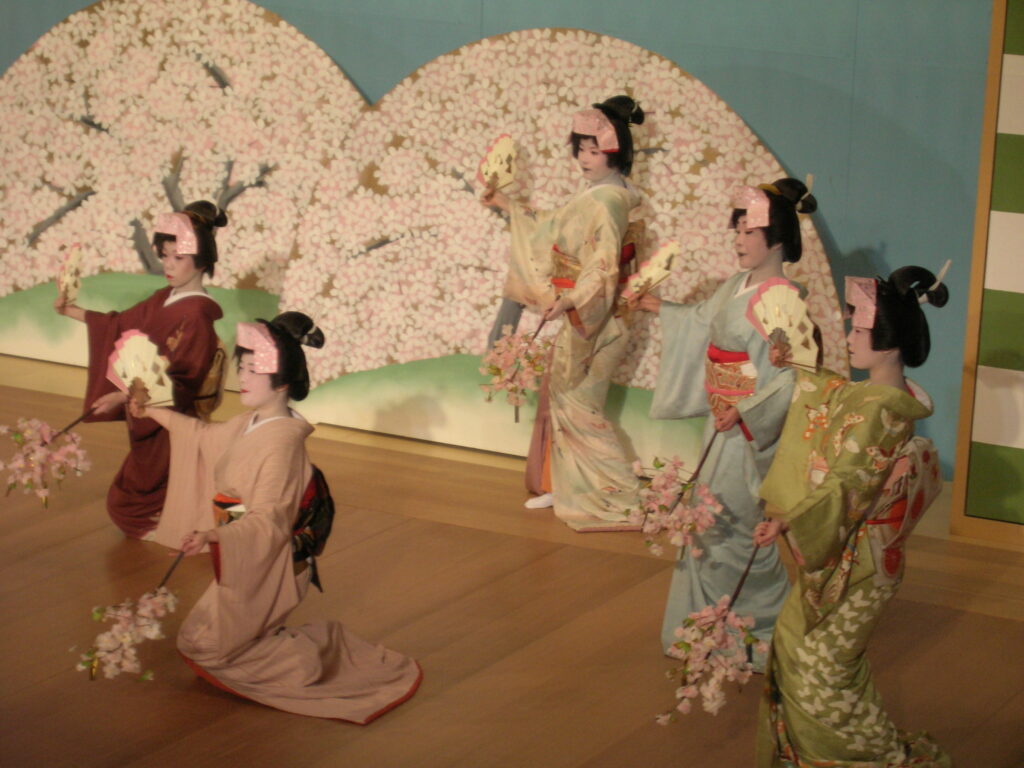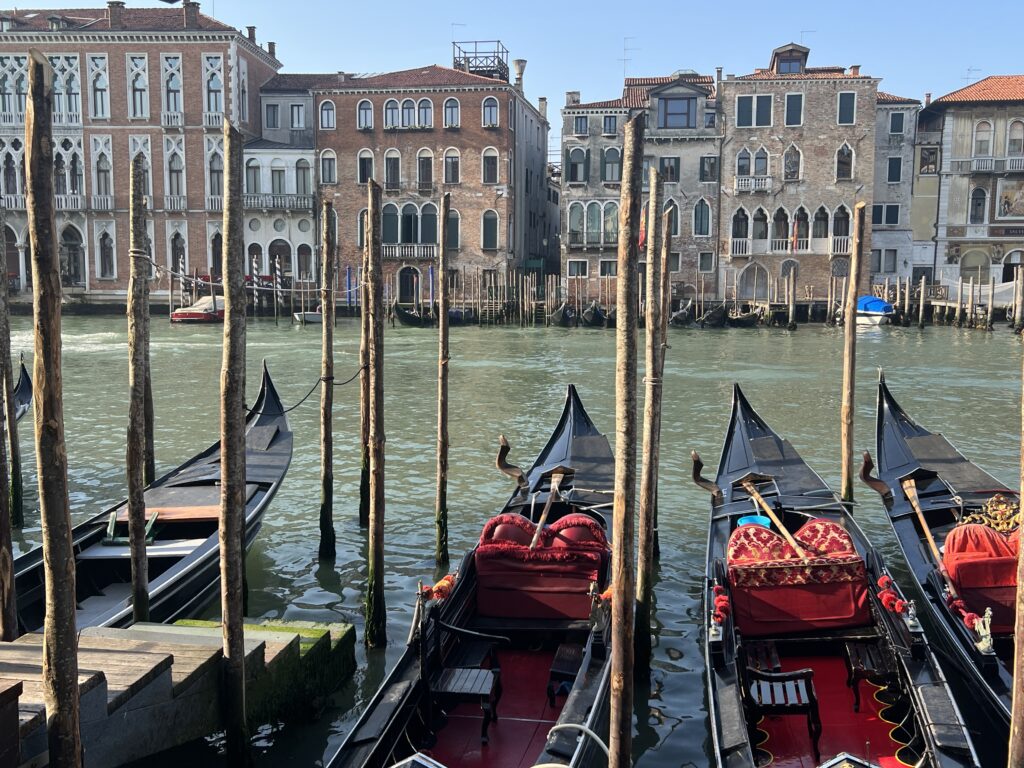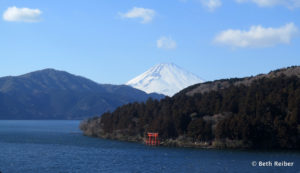It seems like many Americans go to Mexico to party on its beaches, which is reason enough to head somewhere else. I’m drawn to Guanajuato and San Miguel de Allende, two colonial towns in central Mexico that are quite possibly the most beautiful in the country. They owe their wealth in architecture and art to silver, mined in surrounding hills beginning in the 16th century by the Spanish. Churches, pastel-colored mansions, grand plazas, cobbled streets and even universities are proof of their affluent past, but it’s the vibe on the streets that captures my attention.
Both Guanajuato and San Miguel de Allende, only an hour or so apart, have striking similarities. They are about the same size, with urban populations of about 80,000 and students making up as much as a fourth of the total. And both are beguilingly attractive, which, coupled with their history, earns them status as UNESCO World Heritage sites. They are walking towns, making it easy to become intimately acquainted.
San Miguel de Allende
Of the two, San Miguel de Allende is probably the better known, famous since the 1940s as an artists colony and with an expatriate community of about 10,000, mostly from the United States, Canada and Europe. With its art galleries, cafes, bookstores, museums, charming inns, quaint streets and plazas and craft shops–and plenty of real estate at practically every turn–it’s easy to imagine just plunking down a hunk of change and digging in for a while.
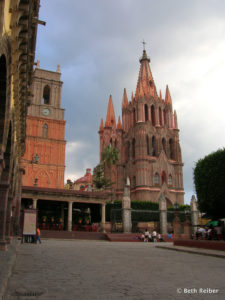
La Parroquia, a neo-Gothic church as pretty as you’d find anywhere, is the focal point of the old town, surrounded by buildings from the 17th and 18th centuries. Gaily painted homes rise straight from the sidewalk, many with large front doors large enough once to have permitted horses and carriages leading to private courtyards.
Facing the church is Plaza Allende, mostly referred to simply as El Jardin. Its laurel trees are meticulously trimmed and bands serenade in the evenings. Facing the square is the Ignacio Allende House, which belonged to one of the main protagonists in the 1810 War of Independence and for whom the town is named. But mostly I just like kicking around, popping into shops to admire the crafts, walking through markets, stopping to photograph doorknockers (seriously!) and taking breaks at the many sidewalk cafes.
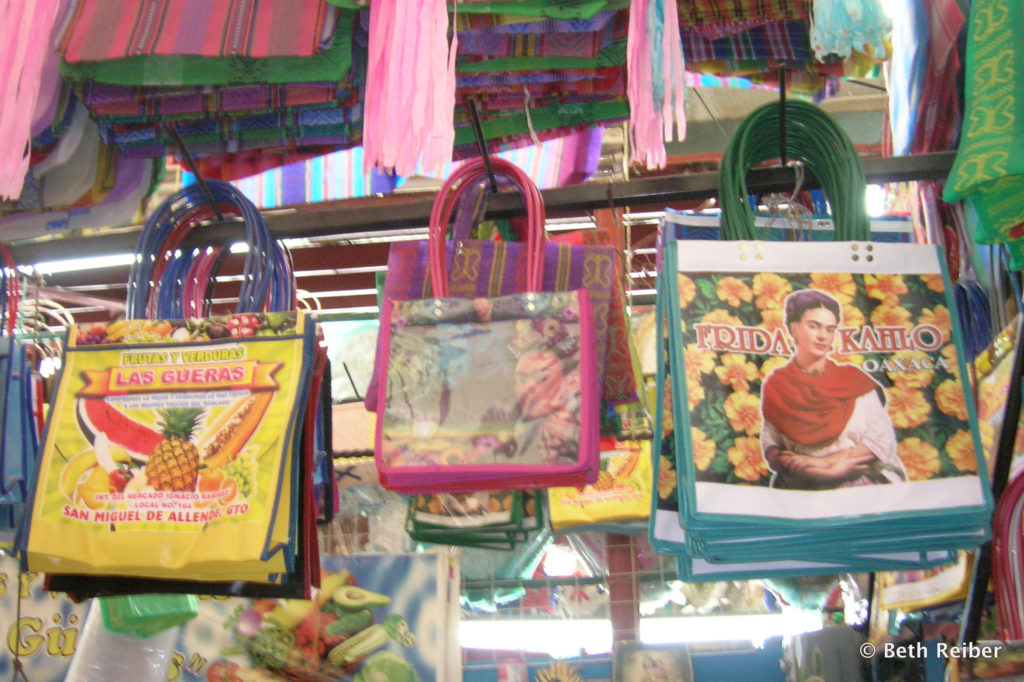 Guanajuato
Guanajuato
Guanajuato is the capital of Guanajuato state, and therefore has more of an
administrative air. While not as compact as San Miguel de Allende, it, too, is a great walking town and garners fewer tourists, which adds greatly to its appeal. And though mariachi bands can be found pretty much anywhere there are Mexicans, in Guanajuato music ascends to a whole different level, buoyed by weekend strolling troubadours that bring music to winding cobbled streets and serenade anyone who will listen. You’ve got to love a town that is so joyous about music.
Artists, too, call the city home. Diego Rivera was born here, his home now a museum. The other must-see is Alhondiga de Granaditas, an 18th-century granary now housing a museum and artwork but famous as the site of Mexico’s first major victory in the struggle for independence. Strangely, however, it’s the Museo de las Momias (the mummy museum) that draws the biggest crowds, who come to gawk at remains of bodies dug up in 1865 to make room in the cemetery.
No thanks. While I’m still here, I’d rather be among the living, at the El Jardin of either Guanajuato or San Miguel de Allende, listening to mariachi, drinking tequila and watching the world go by.
For more on Mexico, see my blogs How to Make those Mexican Timeshare Spiels Work for You and Tooling Around Tulum’s Mayan Ruins, as well as my article on Cozumel in gettingontravel.com.
